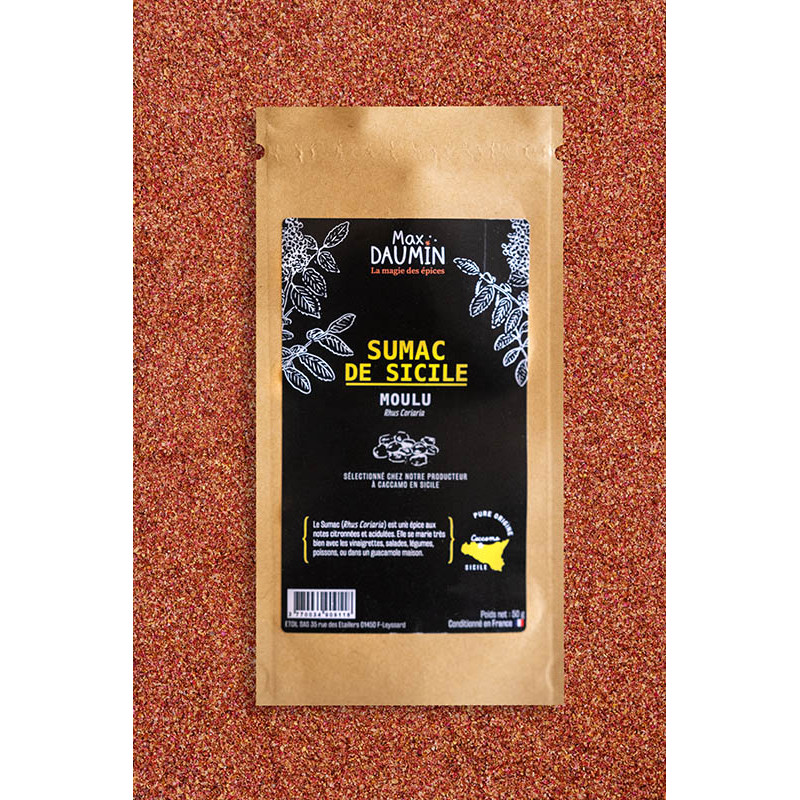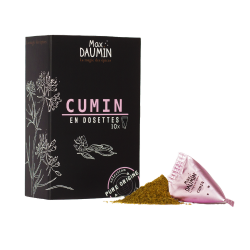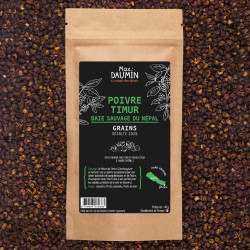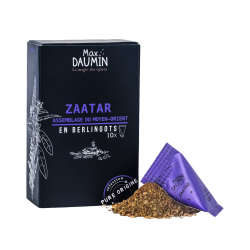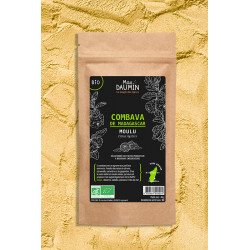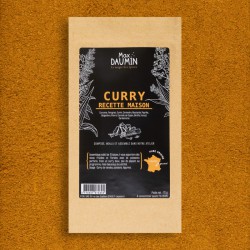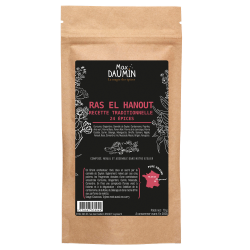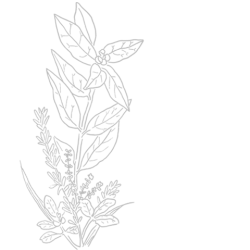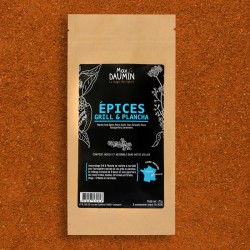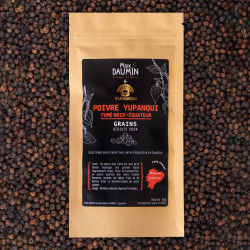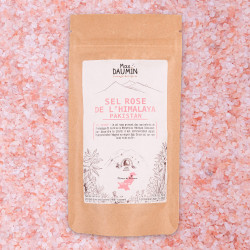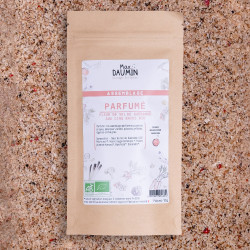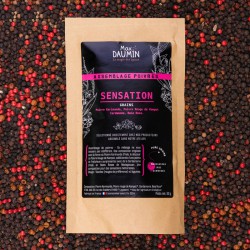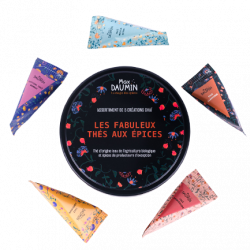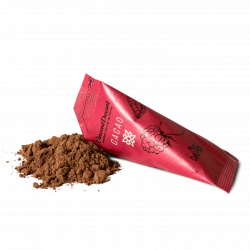Sumac from Sicily bulk
Here's a surprising and little-known spice: Sumac. Sumac has a fruity, lemony, tangy taste, with some astringent notes. It is reminiscent of balsamic vinegar or lemon. It can be a very good substitute. It's a spice to discover!
Originally from the shores of the Mediterranean, we picked it up at Nino's in Sicily, in the province of Palermo.
His company's philosophy is to respect nature's cycles and use them for integrated biological control. He uses neither pesticides nor chemical fertilizers. A whole ecosystem has been created to produce a variety of exquisite plants, including our Sumac.
-
Net weight : 45g
-
Usage : Meat, Vegetables, Salads, Fish
-
Label : Organic Agriculture

-
Conditionnement : Resealable kraft bag

History
Plant & perfume
Sumac (Rhus coriaria) is a shrub that can reach heights of 3 meters or more. In uncultivated areas, they can become real trees. The leaves are long, soft and hairy, green in summer and darkening to black in autumn. The greenish-yellow flowers form panicles, which later form drupes, or fruit.
In late summer, these ripen to a deep red color, and it's time to harvest them. They are never harvested first, or even eaten fresh, because of their high tannin content. They need to be dried spread out in the sun to reduce their high tannin content.
Sumac used to be grown mainly in Sicily for leather tanning. Now it's about to be re-evaluated and used in cooking to discover new flavors.
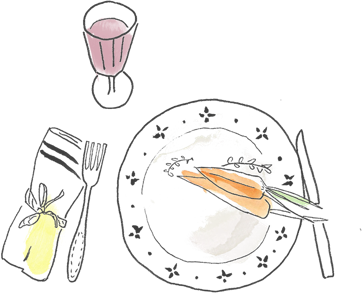


Benefits
Cooking and Virtue
The fruits of this plant have a lemony, sour, astringent flavor. It is used in Middle Eastern countries in place of lemon. There, this spice is much more common than in Europe, and is widely used on fish, as in Syria. In Iran, it is mainly used to season chicken. In Turkey, Lebanon and Iraq, it is used to season salads instead of vinegar.
More generally, in Middle Eastern countries, sumac powder is used to flavor bread, legumes, rice and vegetables. Finally, it is a major ingredient in Zaatar, a typical Middle Eastern blend.

Origins
A long journey
In Sicily, it was grown in large quantities before chemical dyes were introduced. In the past, sumac was used to tan leather, and its cultivation was gradually abandoned. It remains in a few areas, along roadsides or in inaccessible parts of the hills. Only a few growers cultivate it as a spice, bringing it back into fashion.
In the Middle East, this plant was associated with an important festival, Norouz, comparable to our New Year, which has Persian origins. It is generally celebrated on the vernal equinox, i.e. March 21. In Syria, Sumac is celebrated with Haft-Sîn, i.e. seven objects beginning with the letter S (س), where the table is set with seven culinary elements beginning with S, including sumac.
The table remains set for 13 days, as it is believed to bring luck, prosperity, health and long life to family members at home. The thirteenth day turns out to be the first day of the month in the Persian year, after which the table can be cleared.


Frequently asked questions

You might also like

6 other products in the same category:

Customers who bought this product also bought:

